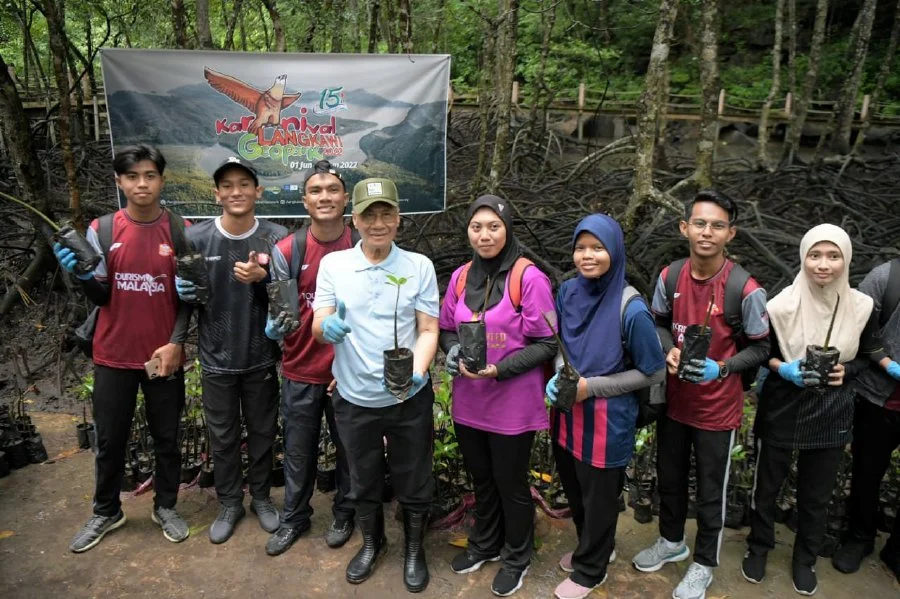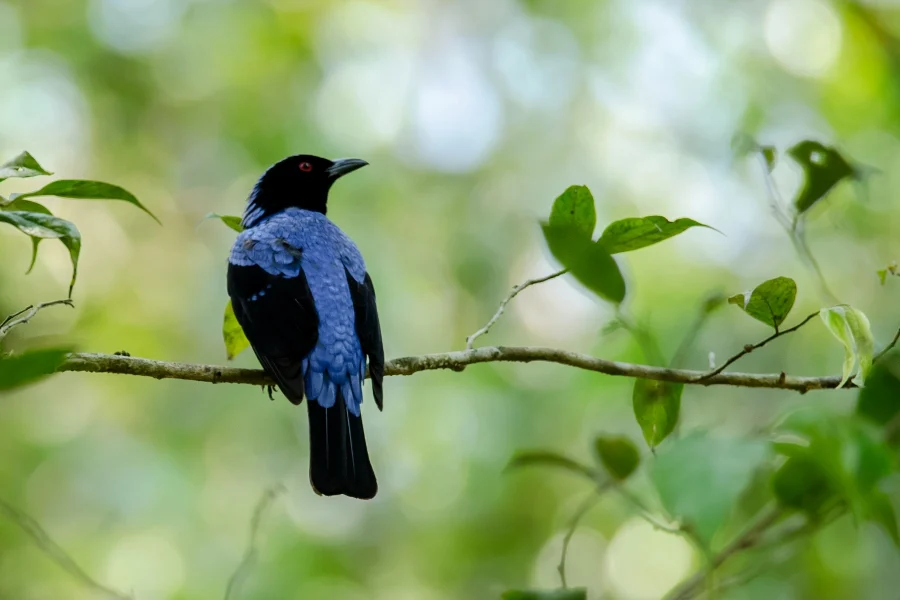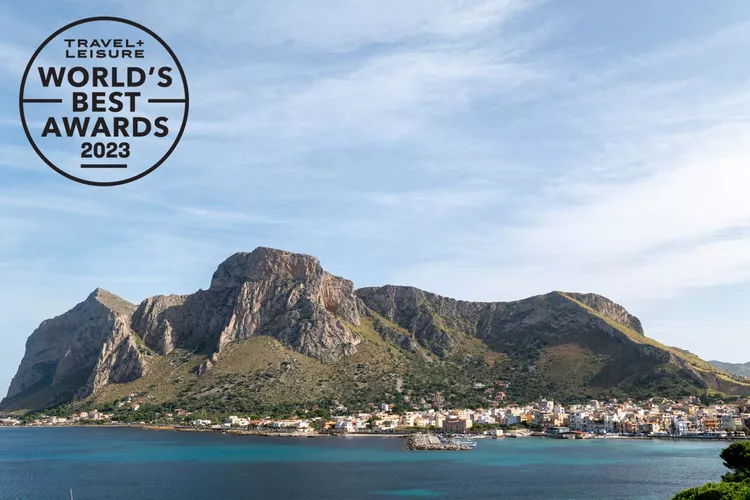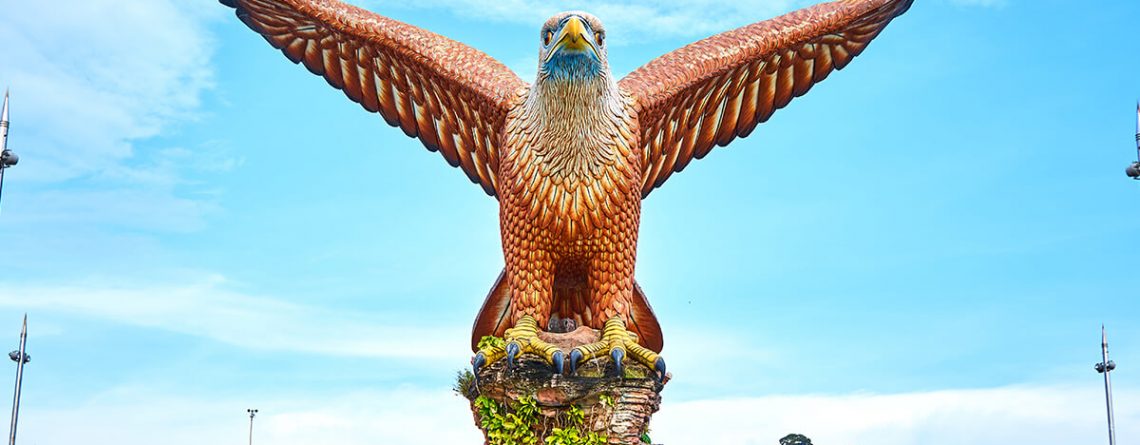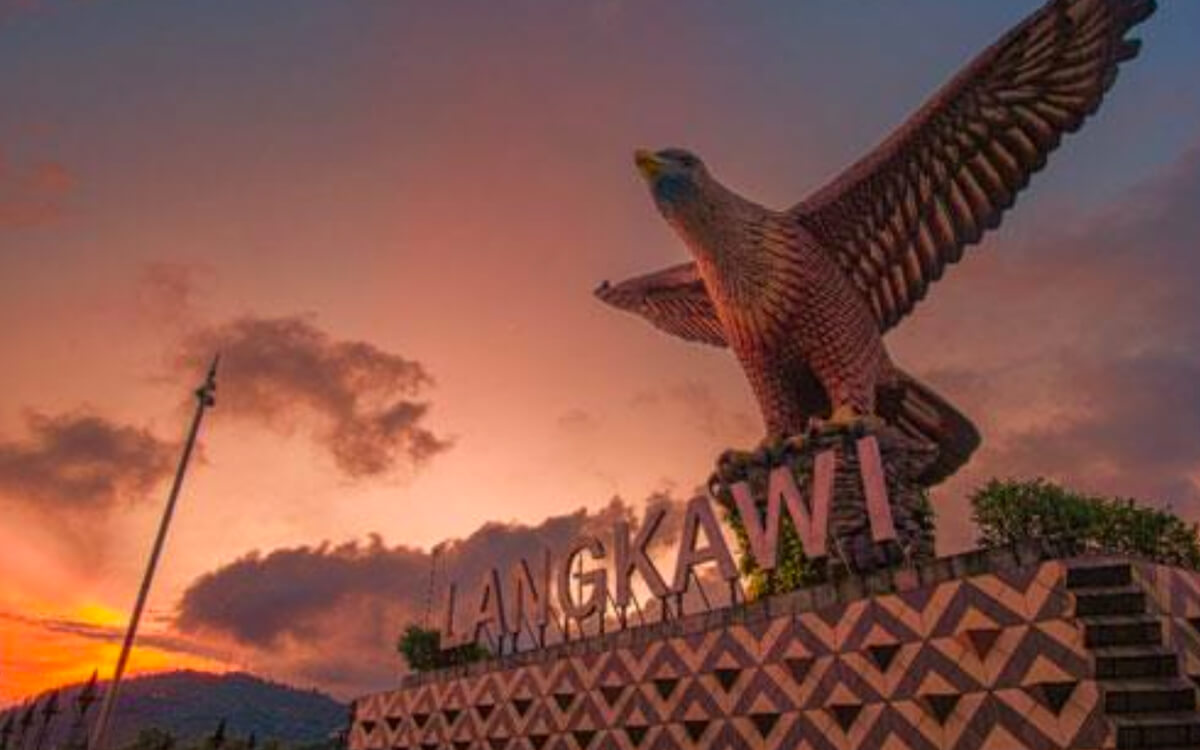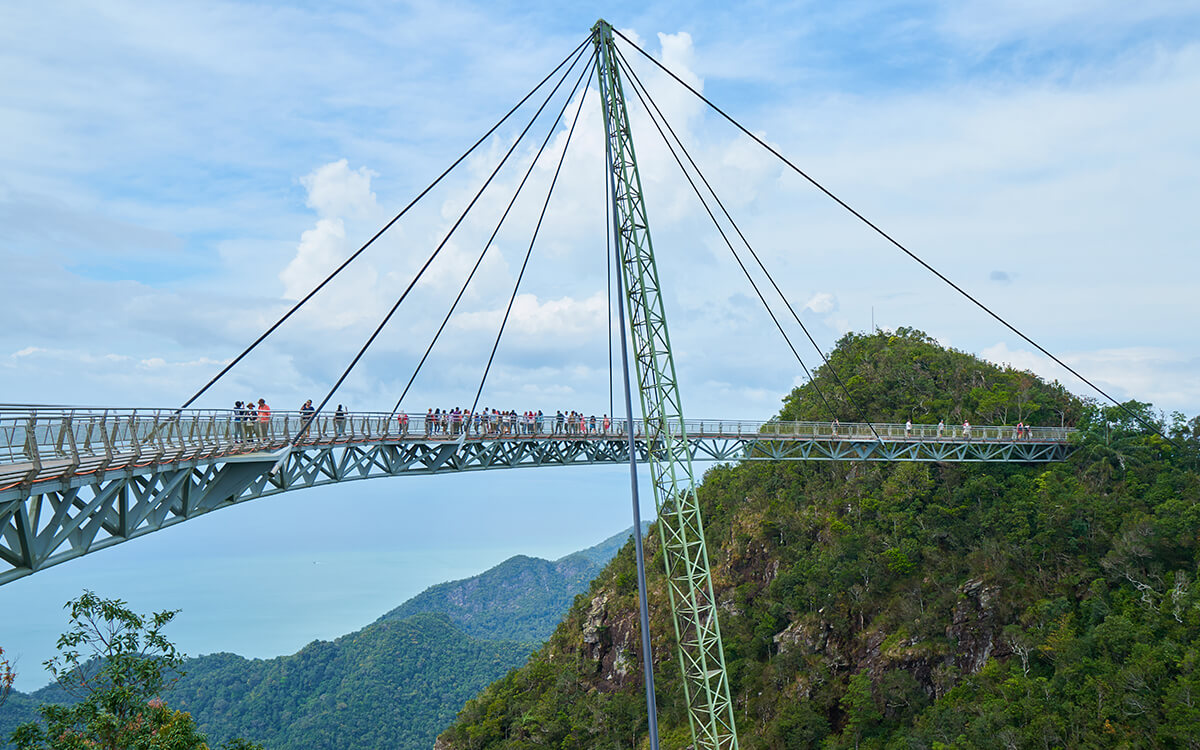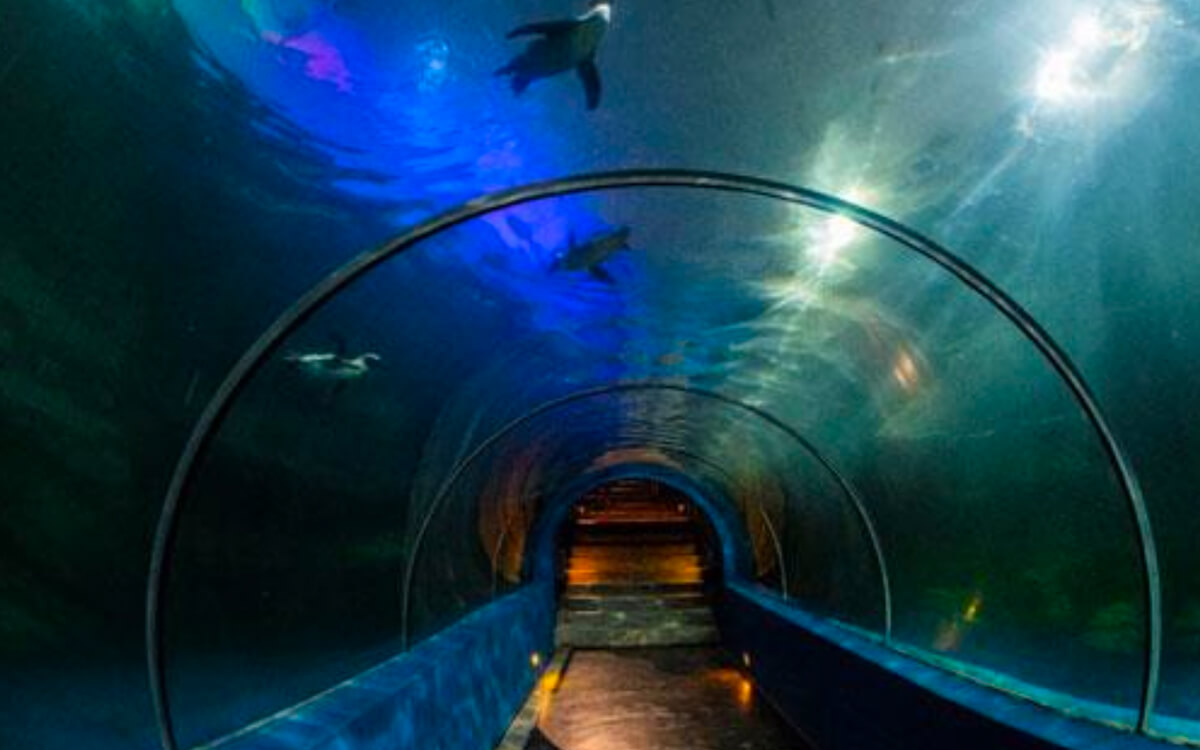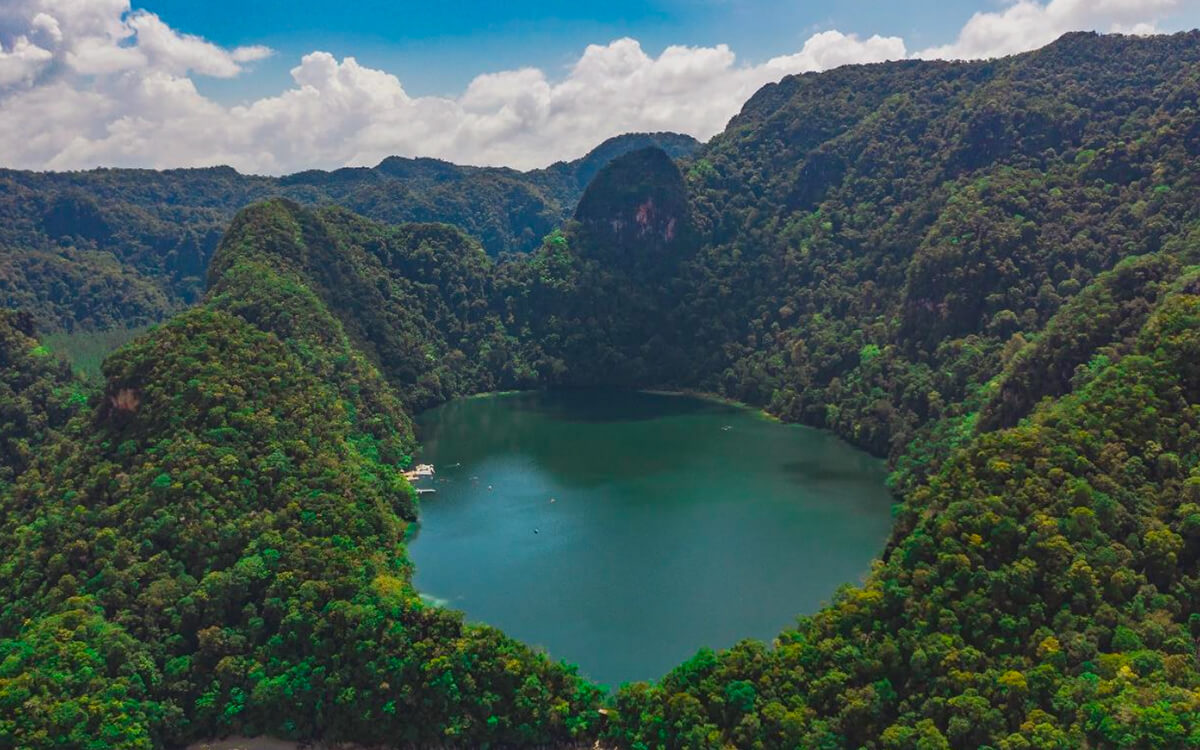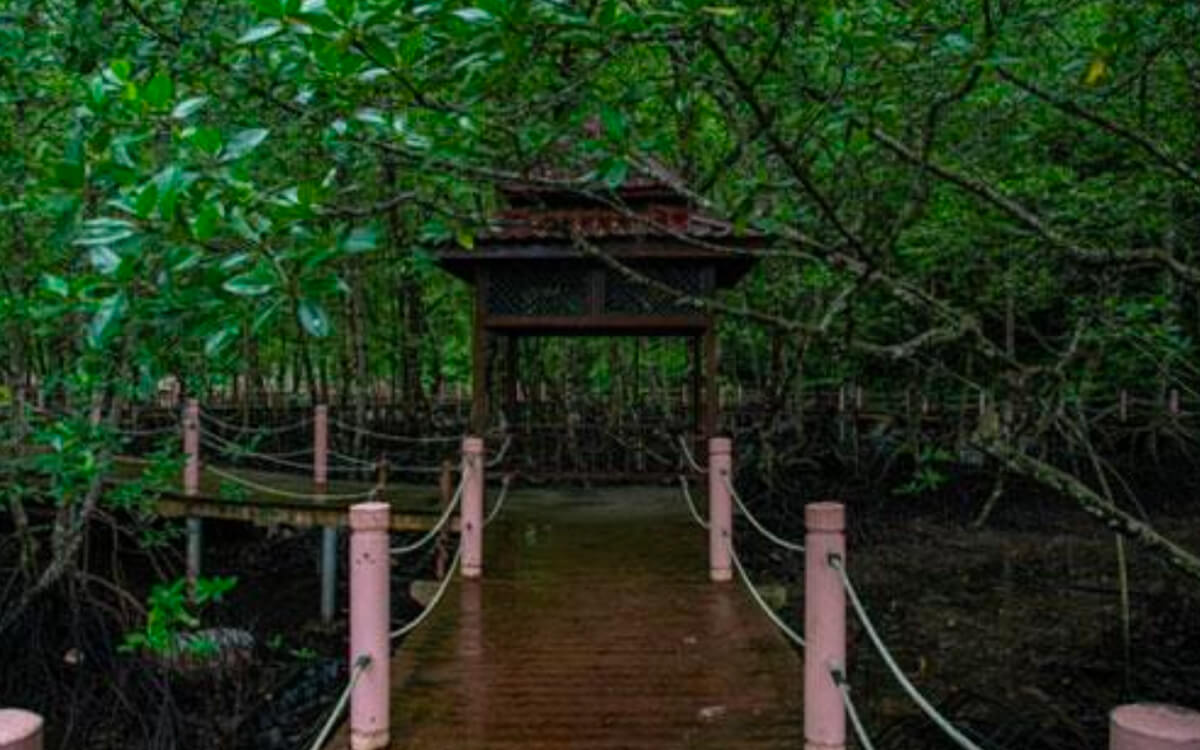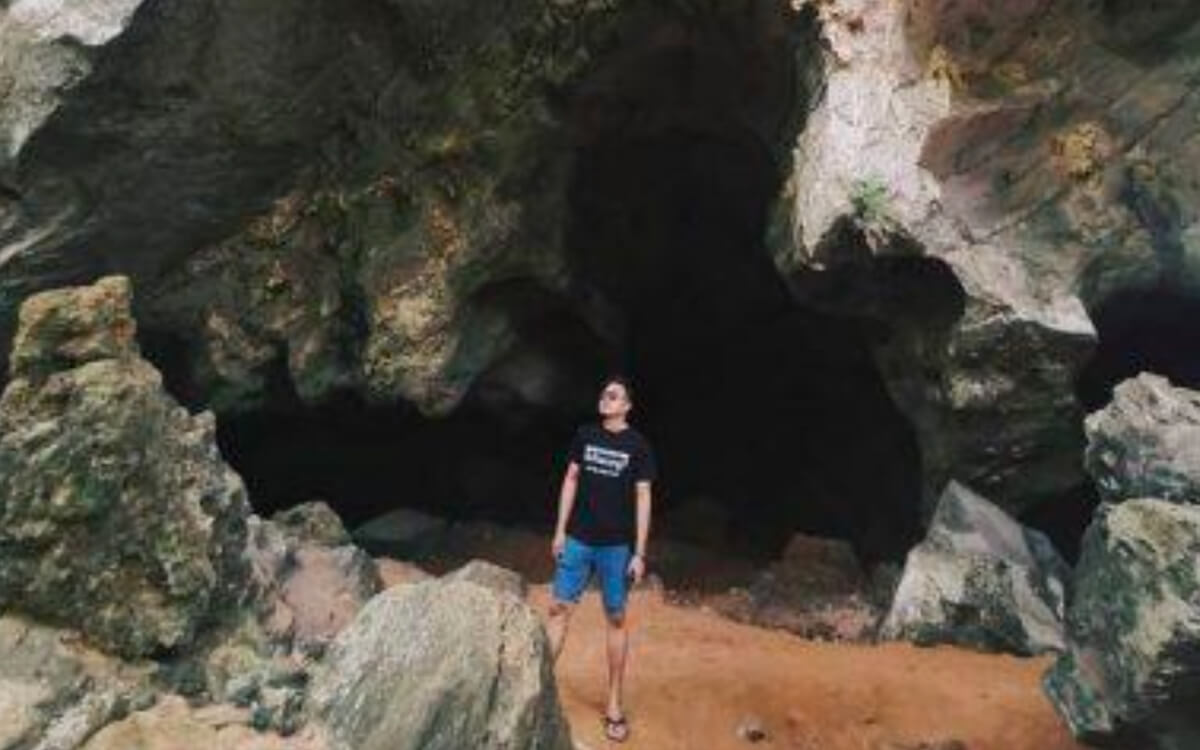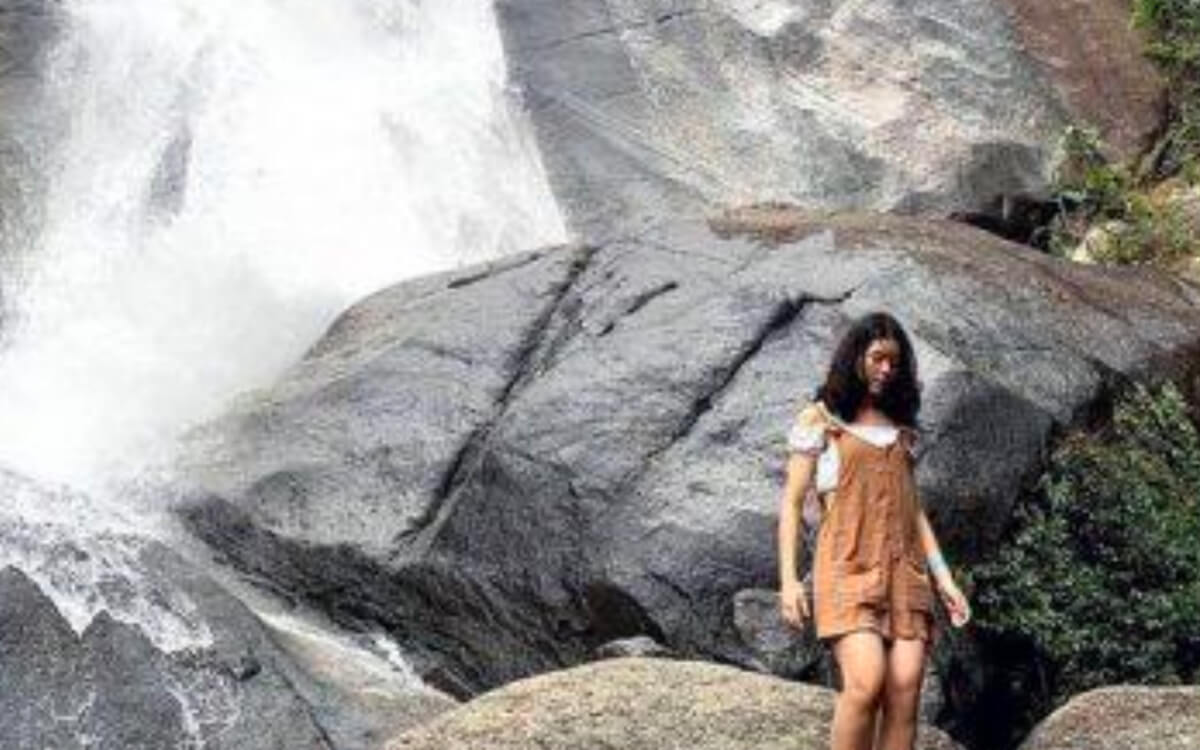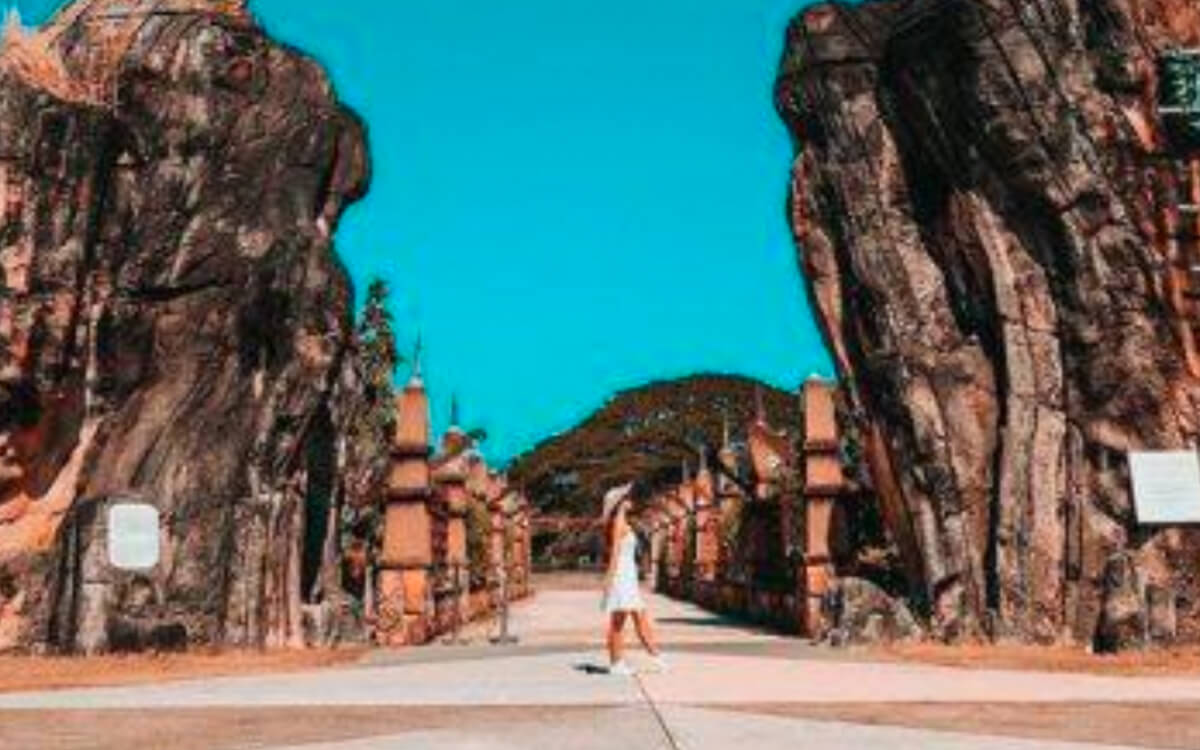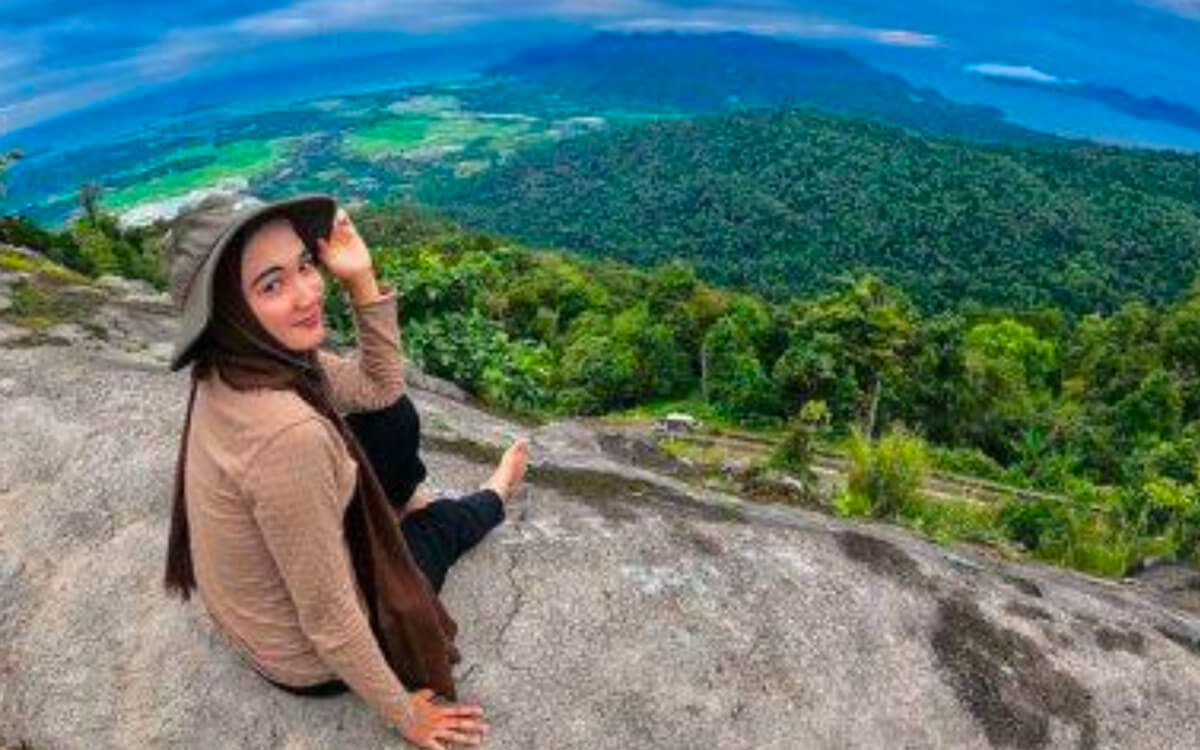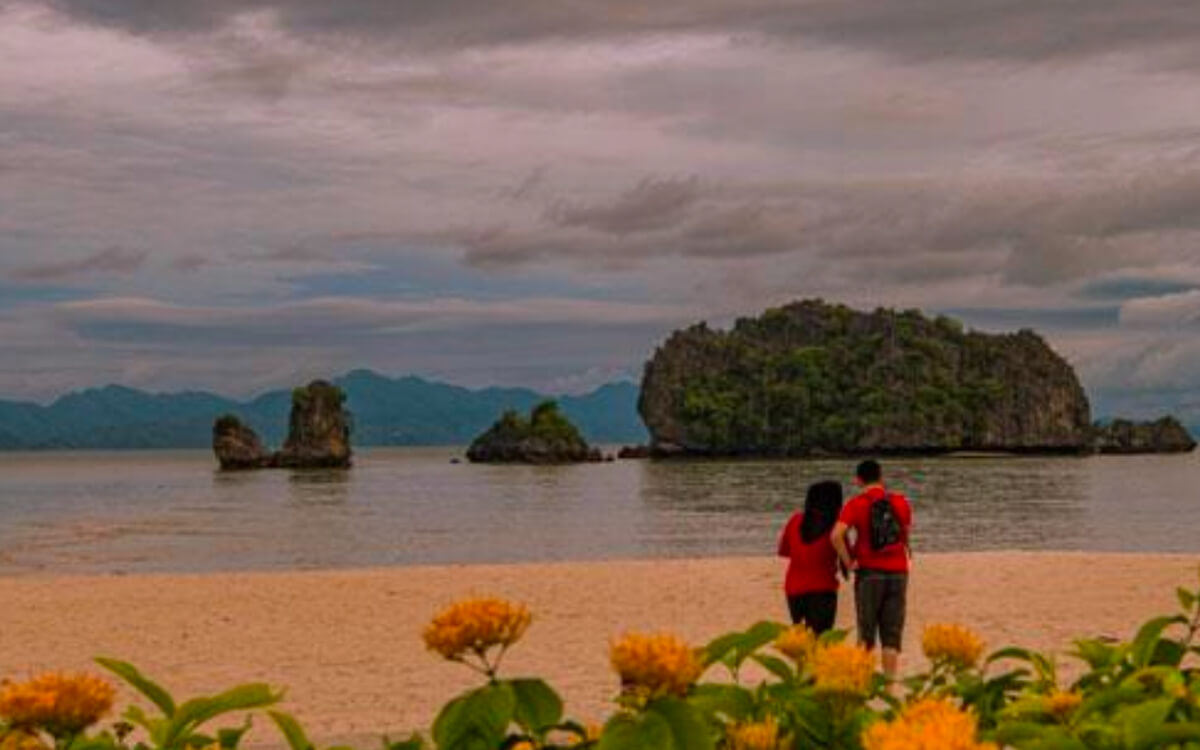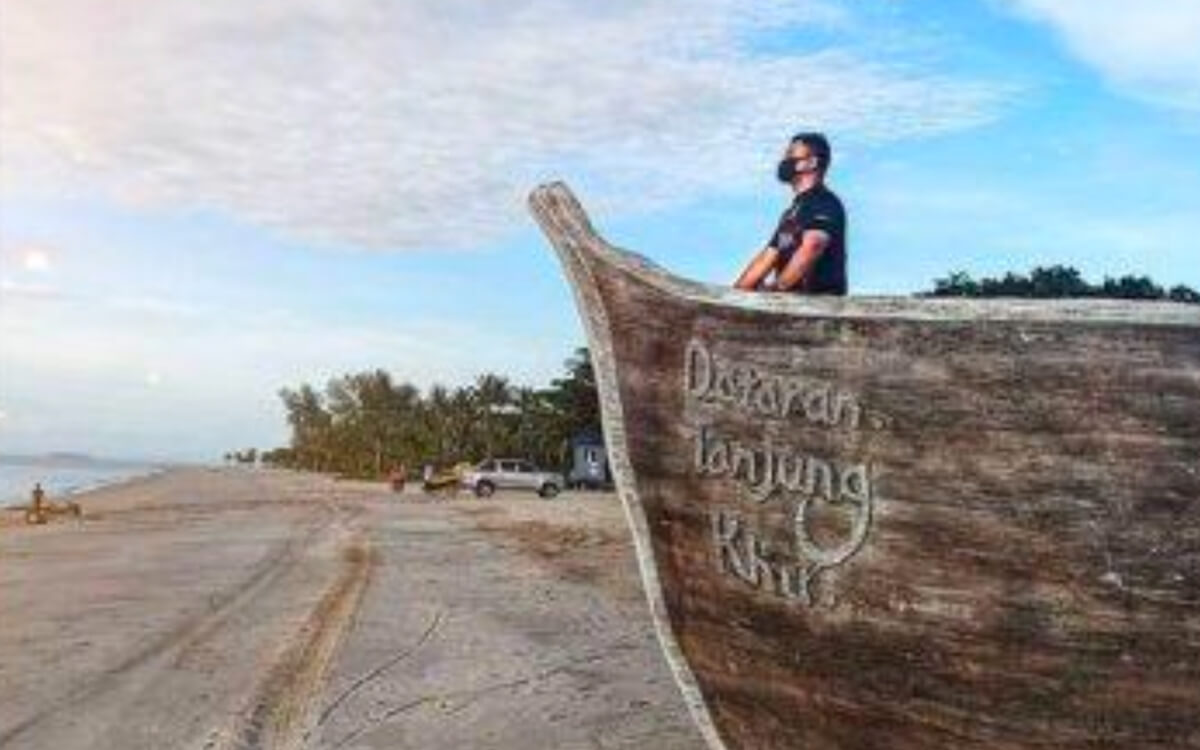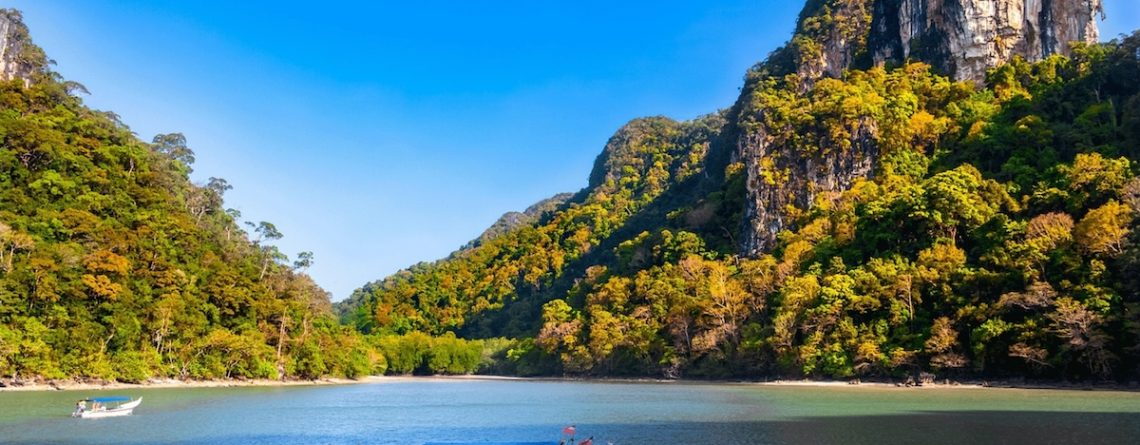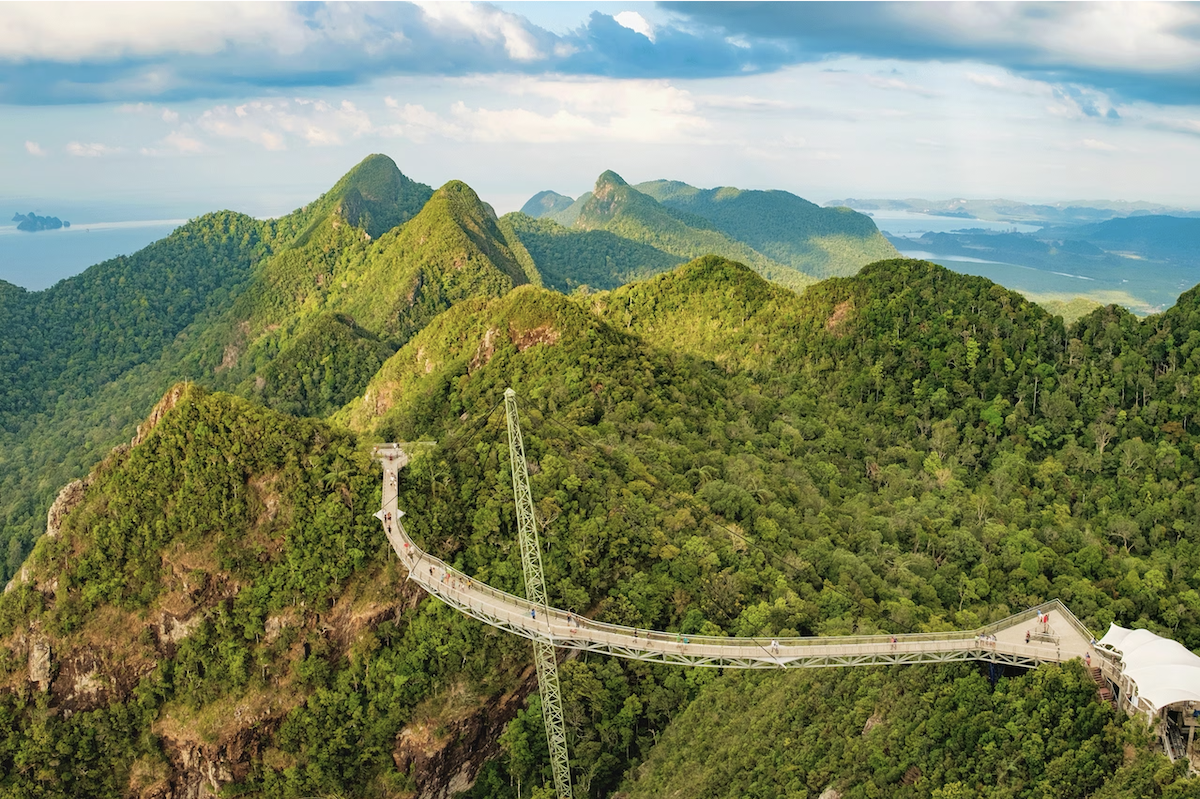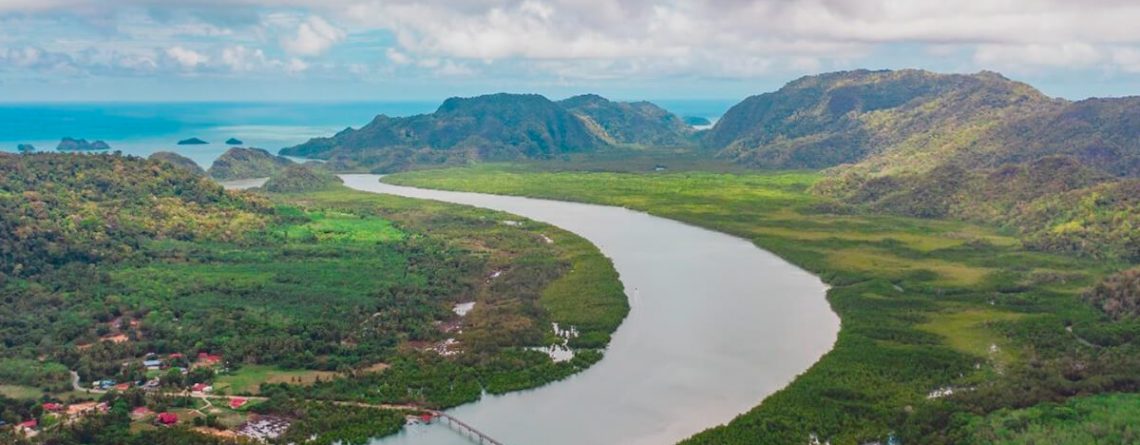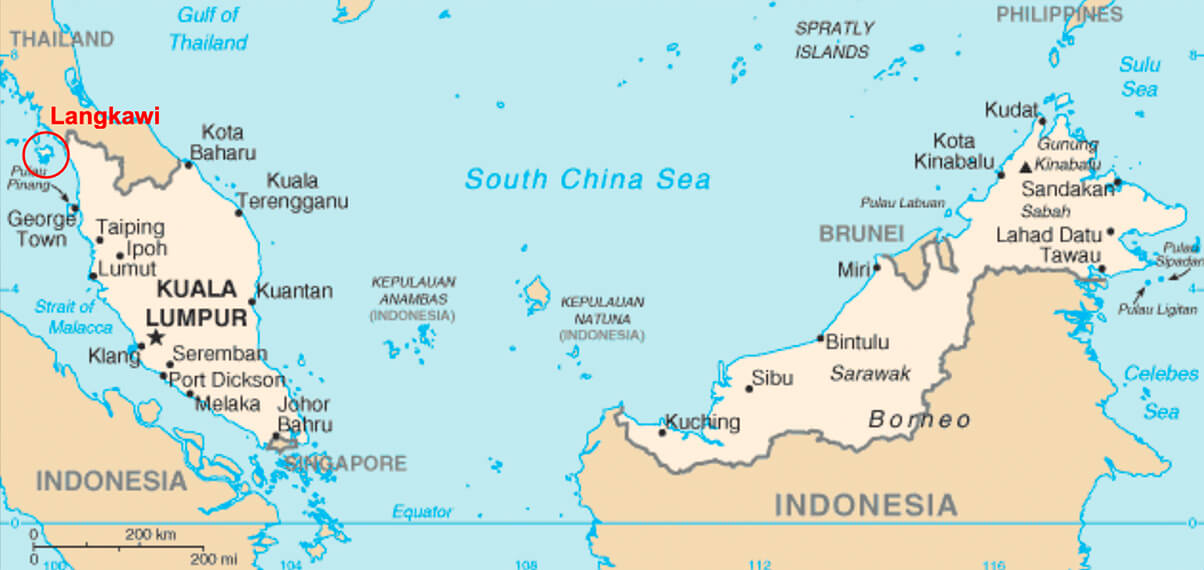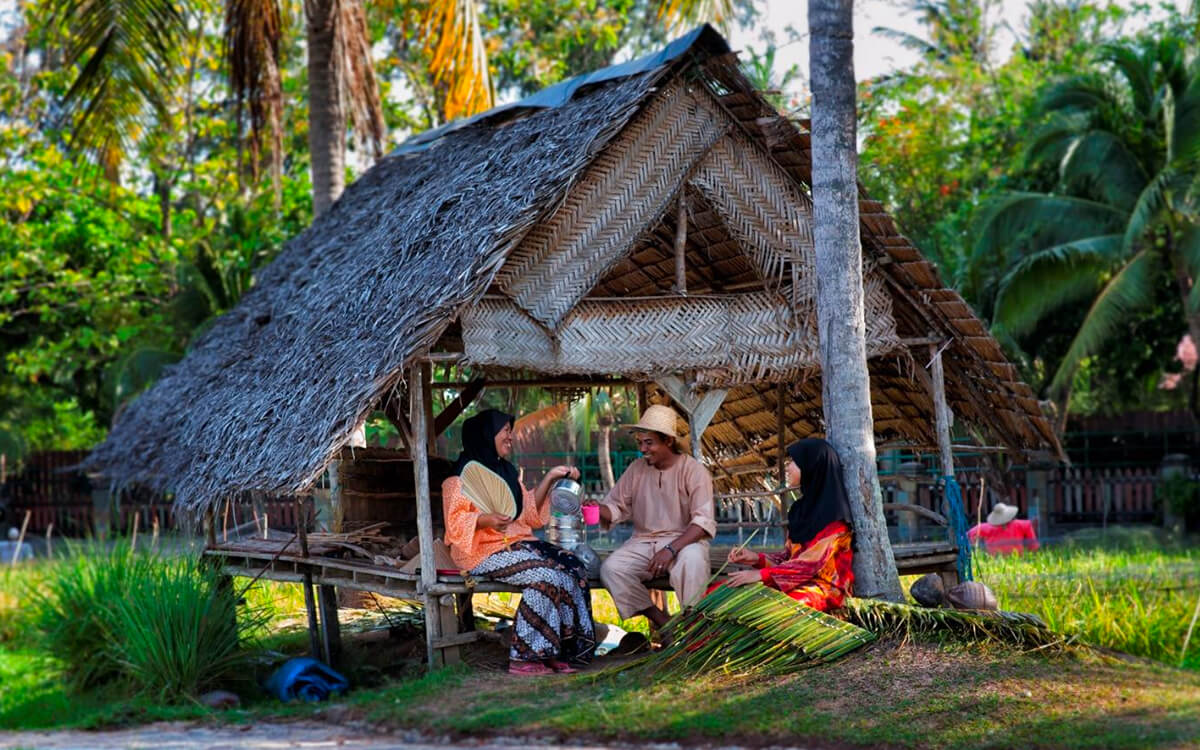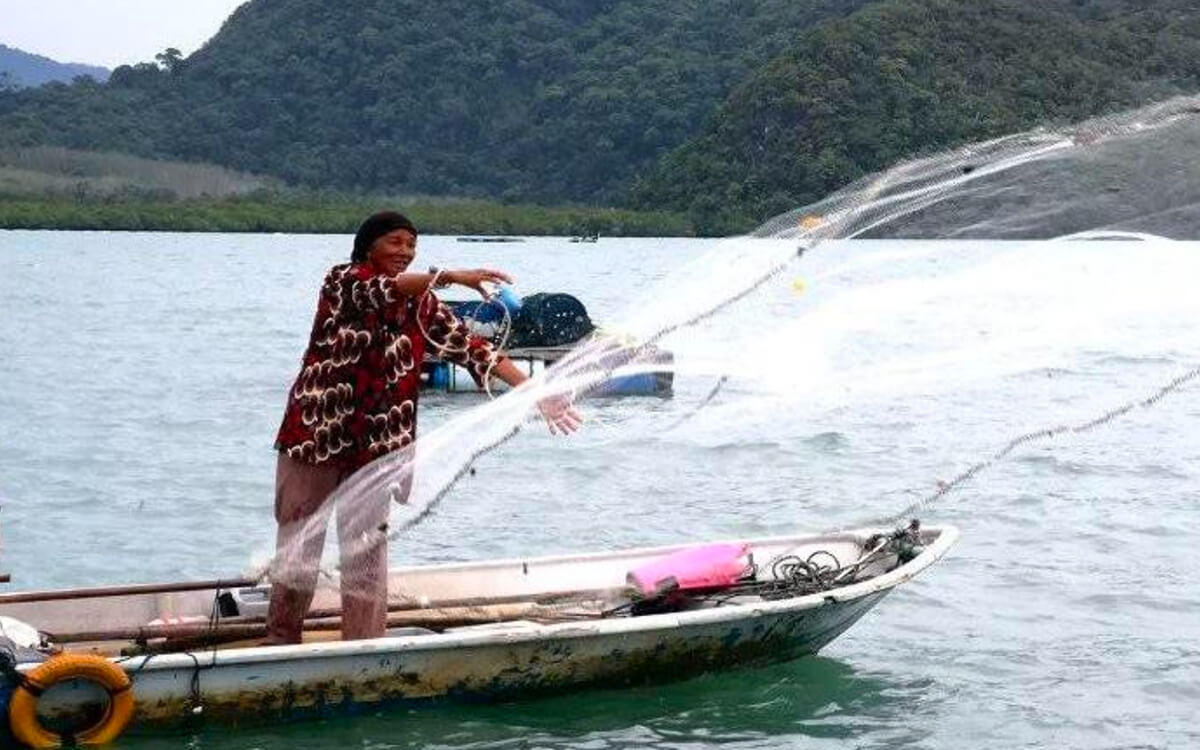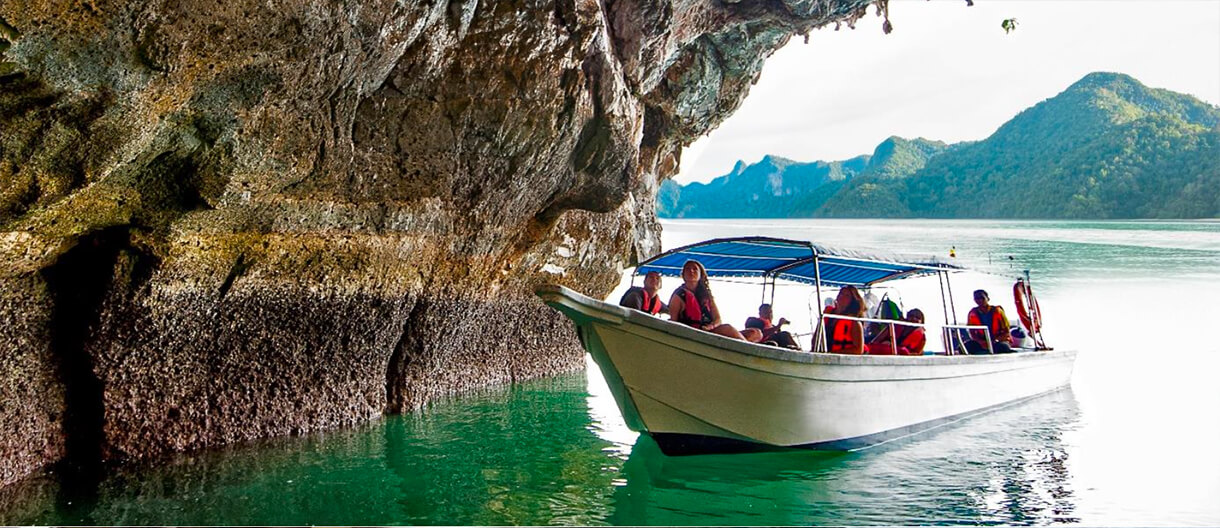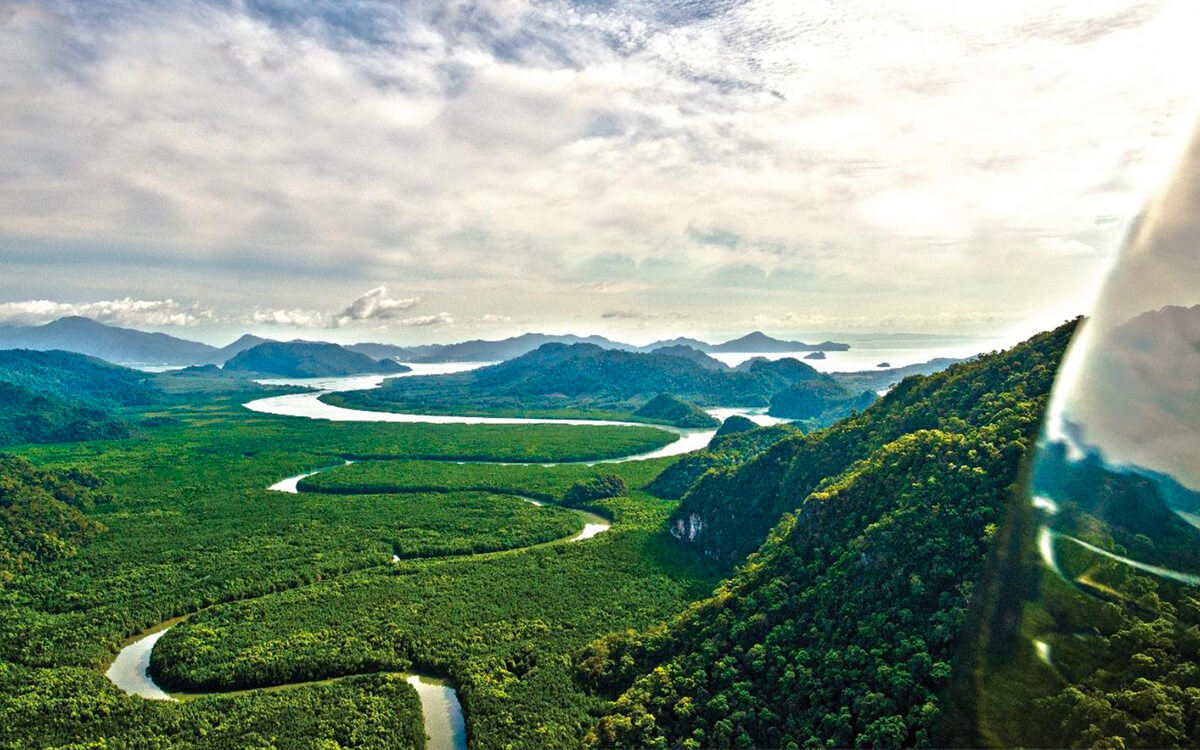Laura La Monaca/Travel+Leisure
Island vacations can be a blissful combination of thrilling adventures, sun-kissed beaches, and vibrant cultures. Some islands offer adventure and water activities, others offer a tranquil escape. But the best islands are a marriage of the two.
How Voting Works
Every year for our World's Best Awards survey, T+L asks readers to weigh in on travel experiences around the globe — to share their opinions on the top hotels, resorts, cities, islands, cruise ships, spas, airlines, and more. Nearly 165,000 T+L readers completed the 2023 survey, an increase of nearly 25 percent over pre-pandemic voting levels. A total of more than 685,000 votes were cast across over 8,500 unique properties (hotels, cities, cruise lines, etc.).
Islands were specifically rated on the criteria below:
- Natural attractions/beaches
- Activities/sights
- Restaurants/food
- People/friendliness
- Value
For each characteristic, respondents could choose a rating of excellent, above average, average, below average, or poor. The final scores are averages of these responses.
What Readers Loved
The top three favorites are iconic island getaways: Australia’s Great Barrier Reef Islands, The Maldives, and Indonesia’s Bali. Greece, which has more than 6,000 islands and islets, has three winners on the list: Paros (No. 11); Rhodes and the Dodecanese (No. 19); and Santorini (No. 25). Portugal had two (Madeira at No. 4 and the Azores at No. 17) and Thailand had two in the top 10 (No. 5 Phuket and No. 7 Koh Samui.)
Read on to discover why Australia’s Great Barrier Reef Islands claimed the No. 1 spot and which other islands were crowned the world’s best.
The Full List
- Great Barrier Reef Islands, Australia
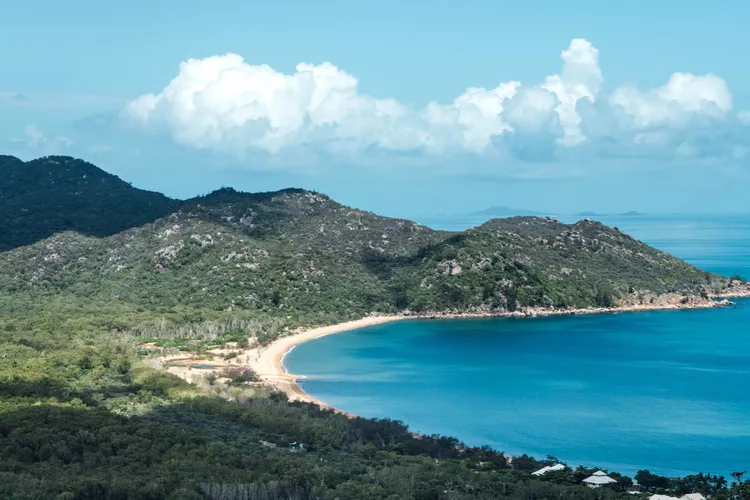
Irjaliina Paavonpera/Travel+Leisure
The Great Barrier Reef, a UNESCO World Heritage Site that stretches for 1,400 miles off Australia’s northeastern coast, is home to the world’s largest collection of coral reefs – almost 3,000 in all. It’s also home to a group of roughly 900 islands that T+L readers have voted their favorite in the world. A T+L reader who has more than once stayed on Hamilton Island said, “The physical beauty of the area is without equal. Just love the island and the people of Australia.
Reader Score: 96.11
The physical beauty of the area is without equal.
— T+L Reader
- Maldives
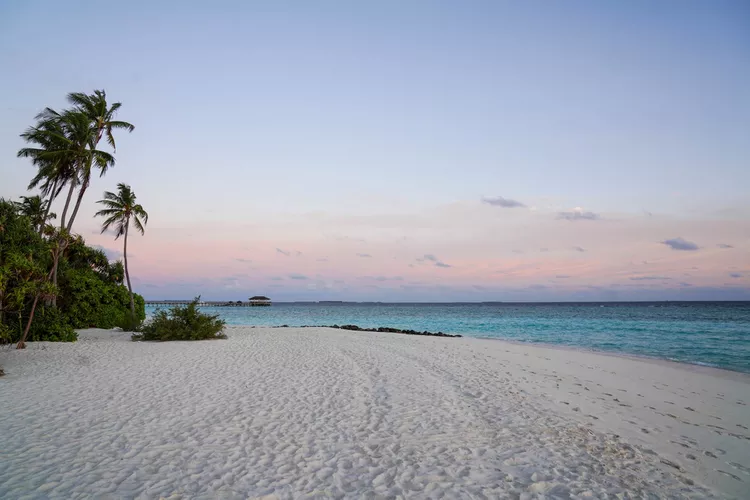
Lauren Breedlove/Travel+Leisure
The Maldives is made up of 1,192 islands — and only 200 of those are currently inhabited. Home to about 3 percent of the planet’s reefs, the Maldives is also known for its clear emerald waters, luxurious overwater bungalows, and providing travelers with an isolated retreat. According to a T+L reader, it’s “heaven on Earth.” The best time to visit is the dry season, which typically runs from November through April.
Reader Score: 95.68
- Bali, Indonesia
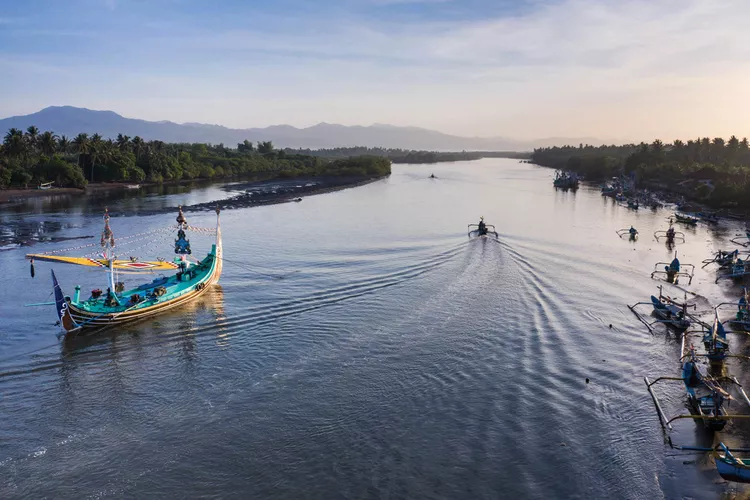
Getty Images
From the bustling streets of Ubud and the trendy beach clubs of Seminyak to the serene retreats of the north shore, there’s something for everyone on Bali. Also called the "Island of the Gods,” Bali is renowned for its world-class resorts, luxury spas, and wellness retreats. The island is deeply rooted in spirituality and tradition, so visitors can also immerse themselves in the island's culture, whether it be exploring ancient Hindu temples, participating in a melukat ceremony, or witnessing a traditional dance performance.
Reader Score: 94.40
- Madeira, Portugal
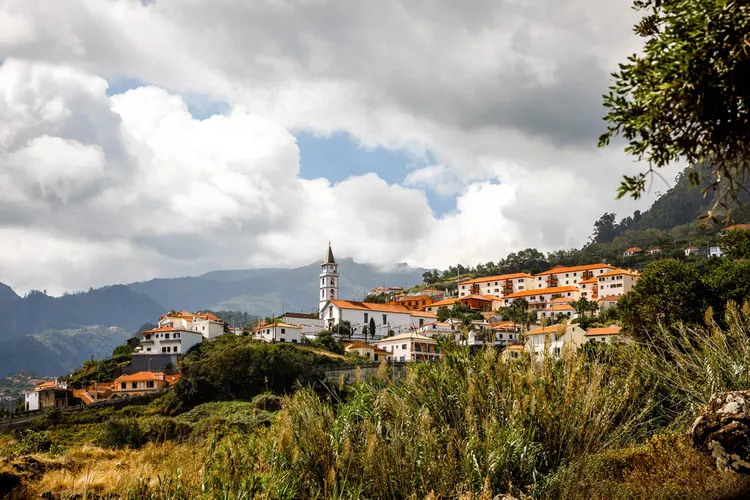
Getty Images
Travelers are treated to idyllic scenery at every turn on the Portuguese island of Madeira, whether they’re hiking alongside the famous levadas (irrigation channels), exploring the enchanting Laurissilva Forest, or simply taking in the panoramic vistas from Pico do Areeiro. One T+L reader said, “The diversity of the island, from rocky beaches to fogged-in mountains, has something for everyone.” And no visit would be complete without indulging in the fortified wine and the fresh seafood for which the island is famous.
Reader Score: 94.33
- Phuket, Thailand
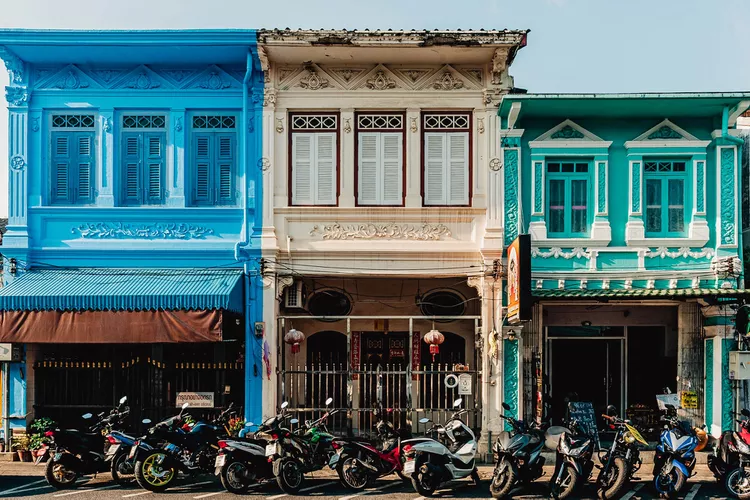
Karl Hendon/Getty Images
Known as the “Pearl of the Andaman Sea,” this tropical paradise offers stunning white-sand beaches, crystal-clear turquoise waters, and boundless adventures. Travelers can relax and soak up the sun on its world-famous beaches or do more outdoorsy things like snorkeling around vibrant coral reefs and exploring the hidden coves. Phuket, known for its nightlife, is a two-hour boat ride from the nearby Phi Phi Islands. Among the many hotels, an honorable mention goes to Amanpuri, which readers voted their third favorite resort in Southeast Asia this year.
Reader Score: 94.21
Book Now: Tripadvisor
- Skye and the Hebrides, Scotland
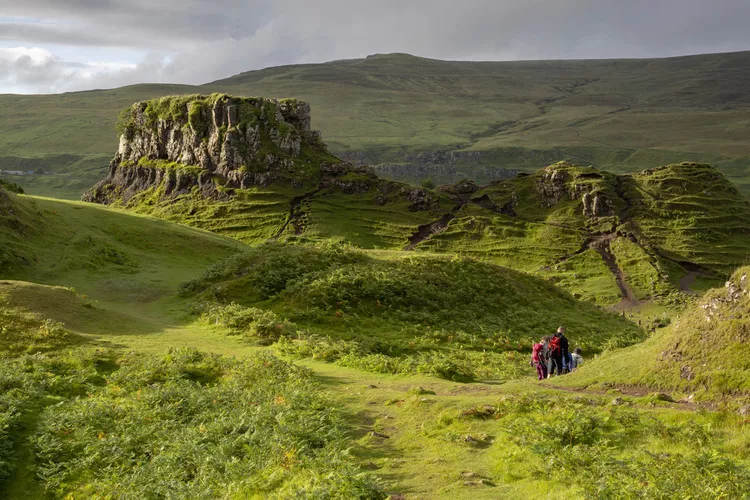
Monica Vila Ferreiros/Getty Images
The archipelago, off the western coast of Scotland, offers white-sand beaches, turquoise waters, and ancient ruins. Skye, known as the "Misty Isle," boasts dramatic cliffs, majestic mountains, and picturesque lochs. One T+L reader said the islands are “nature at its best.” Whisky enthusiasts can embark on a distillery tour to savor the renowned Scottish spirits, while music lovers can sit in on a cèilidh — a sort of Gaelic jam session – at one of the local pubs
Reader Score: 94.13
- Koh Samui, Thailand
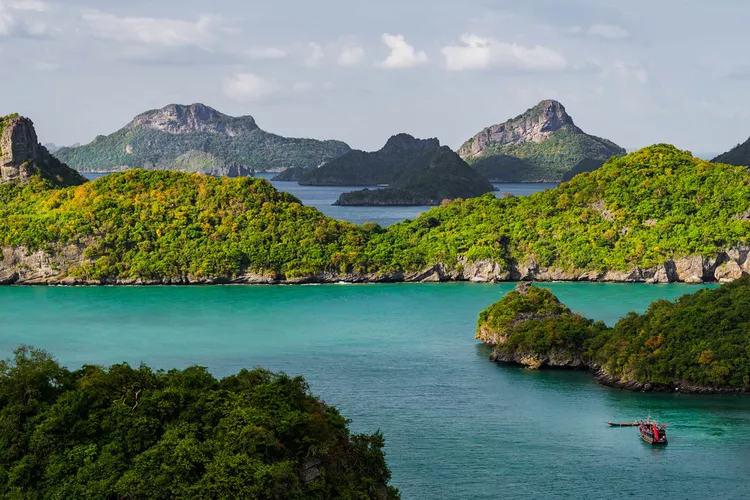
Getty Images
Tucked away in the Gulf of Thailand, Koh Samui has it all: idyllic beaches, culture, and luxurious retreats. You can unwind on popular beaches like Chaweng and Lamai, or explore the island’s spiritual traditions at Wat Plai Laem or the Big Buddha Temple. And for a glimpse into the local lifestyle, there’s no better place than the bustling night markets. According to one T+L reader, Koh Samui is “the most beautiful and paradisiacal island on the planet.” As for where to stay, Anantara Bophut Koh Samui Resort readers favorite resorts in Southeast Asia.
Reader Score: 93.89
Book Now: Hotels.com | Expedia | Tripadvisor
- Dominica
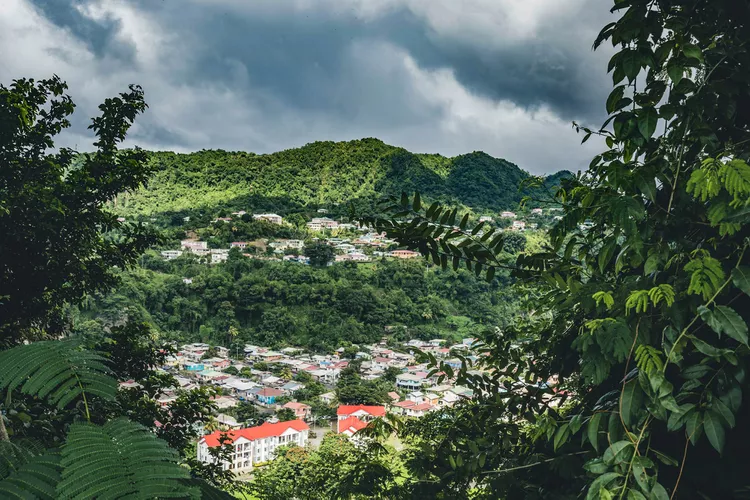
Renata Tyburczy/Getty Images
When it comes to untouched landscapes in the Caribbean, Dominica — nicknamed the “Nature Island” — stands apart from other islands. Its lush landscape includes volcanoes, hot springs, waterfalls, and black sand beaches. Where to stay? Secret Bay in Portsmouth secured the No. 1 spot for Best Hotel in the Caribbean this year, too.
ReaderScore: 93.66
Book Now: Hotels.com | Expedia | Tripadvisor
- Langkawi, Malaysia
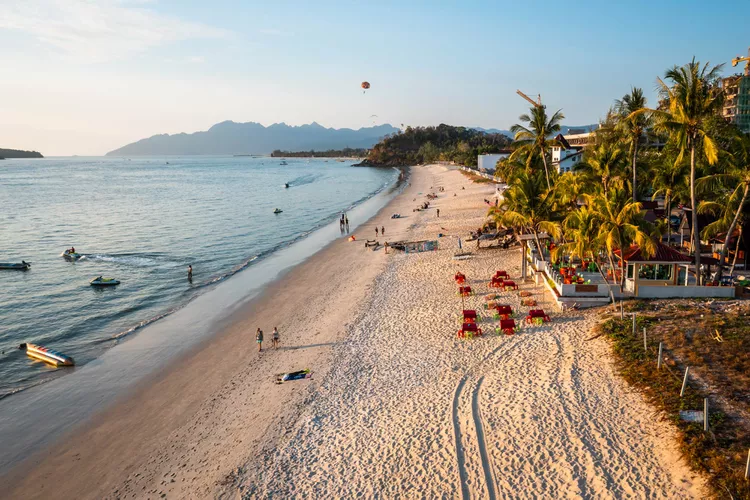
Matteo Colombo/Getty Images
One of Malaysia’s most popular islands, Langkawi has something for everyone: beaches, a great food scene, diving spots, and vibey nightlife. Visitors can take the SkyCab to the top of Gunung Machinchang, where they’ll be rewarded with dramatic 360-degree views; visit Pantai Pasir Hitam, the island’s black sand beach; or experience the impressive Seven Wells Waterfall.
Reader Score: 93.65
- Boracay, Philippines

Tobias Jo./Getty Images
More than 7,000 islands make up the Philippines, and Boracay still manages to stand apart from the rest. The tiny island — just 4.5 miles long — is known as “the island that never sleeps” for its parties and nightlife. One T+L reader called the island “the best leisure vacation destination.”
Reader Score: 92.94
- Paros, Greece
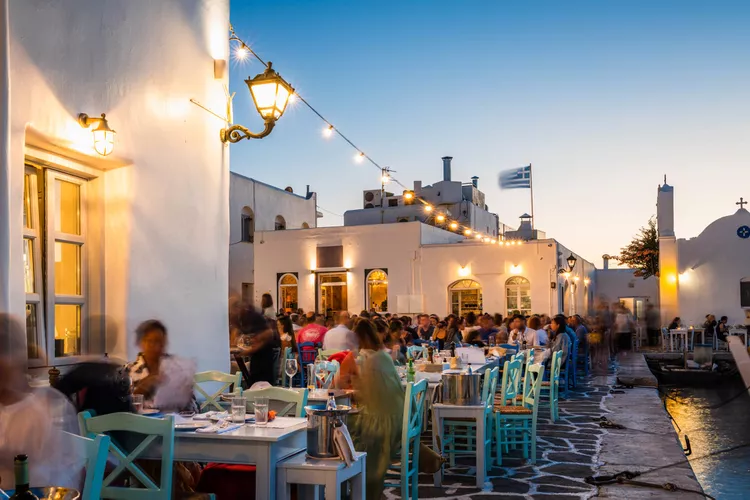
Matteo Colombo/Getty Images
Nestled in the heart of the Cyclades, Paros offers a perfect blend of picturesque landscapes, idyllic beaches, enchanting whitewashed villages, and rich cultural heritage. It’s also a hit with history buffs, as it has ancient ruins like the Sanctuary of Apollo and the Venetian Castle. Mix in pristine sandy shores, delicious Greek cuisine, and vibrant nightlife, and it’s easy to see why it’s one of the best islands to visit.
Reader Score: 92.47
- Fiji Islands, Fiji
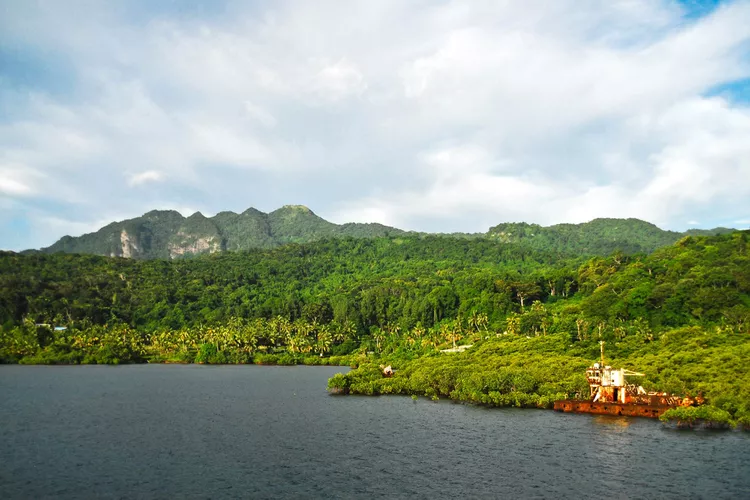
Jess Macdonald/Travel+Leisure
Tucked away in the crystal-clear waters of the South Pacific, these islands boast lush tropical landscapes and vibrant coral reefs. Fiji is a slice of paradise for all, but especially so for those who enjoy cliff jumping, zip lining, snorkeling, and scuba diving. Beyond its beaches, travelers can immerse themselves in the local culture by visiting crafts markets and participating in traditional kava ceremonies.
Reader Score: 92.29
- Golden Isles, Georgia
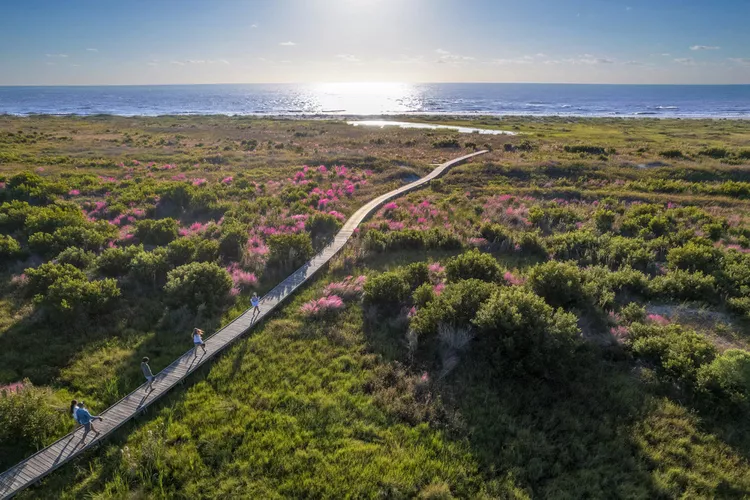
Courtesy of Goldenisles.com
The Golden Isles in Georgia — encompassing Jekyll Island, St. Simons Island, Little St. Simons Island, and Sea Island — is a captivating destination with pristine beaches, natural beauty, and rich history. Jekyll Island, once a private retreat for America's wealthiest families, offers a glimpse into the opulent Gilded Age with its historic mansions. Little St. Simons Island is a secluded paradise, providing an exclusive escape for nature enthusiasts, with its diverse ecosystems and unspoiled beaches. Meanwhile, Sea Island is known for its luxurious resorts and offers world-class amenities, including golf courses, spas, and fine dining experiences. St. Simons Island is home to a charming coastal village with a stunning lighthouse and a vibrant arts scene.
Reader Score: 92.15
- Moorea, French Polynesia
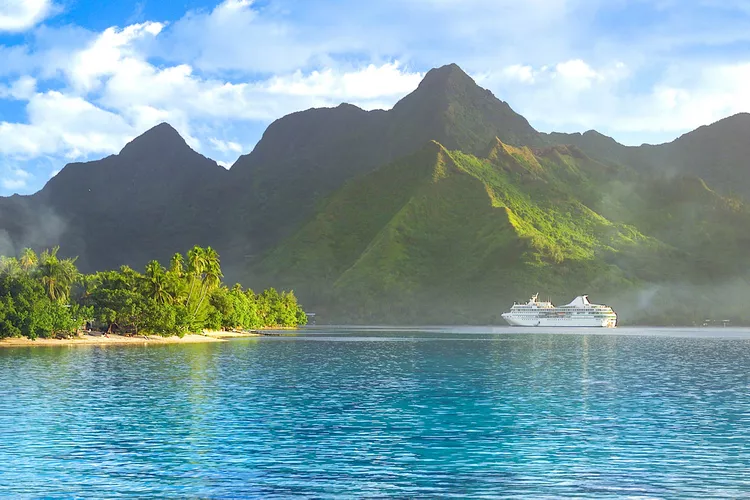
D.Lentz/Getty Images
Known as the “Magical Island,” Moorea is an unforgettable tropical getaway. It has hiking trails through its tropical forests with panoramic viewpoints, like Mount Rotui, and secluded waterfalls. The island's rich Polynesian culture can be experienced through traditional dance performances and visits to local markets. One T+L reader raved that it’s one of their favorite islands of all time.
Reader Score: 92.15
- Zanzibar, Tanzania

MOIZ HUSEIN STORYTELLER/Getty Images
Pristine beaches and picturesque sunsets are a guarantee in Zanzibar. Travelers can also visit one of the many local spice farms to learn about the role that cloves, nutmeg, and cinnamon played in the island's history. Whether you’re walking through the historic Stone Town, a UNESCO World Heritage site, or trying to spot the Zanzibar red colobus monkeys at the Jozani Forest Reserve, Zanzibar offers travelers an experience that merges relaxation, adventure, and history.
Reader Score: 91.53
- The Seychelles
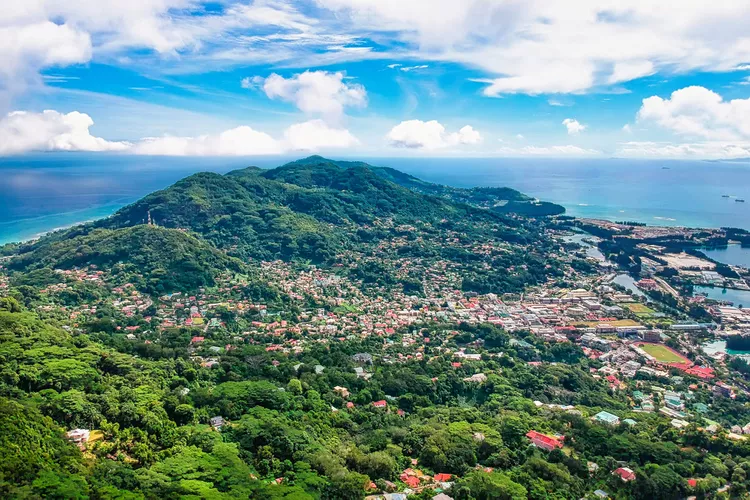
Nils Robert/Getty Images
The Seychelles, an archipelago in the Indian Ocean, is known for its powdery white-sand beaches. The islands also boast lush tropical forests and nature reserves, such as Vallée de Mai, a UNESCO World Heritage Site, where rare Coco de Mer palms can be found. Hikers can follow trails to breathtaking viewpoints, cascading waterfalls, and hidden coves. Seychelles is also home to unique flora and fauna, including giant tortoises, rare birds, and exotic plant species.
Reader Score: 91.47
- The Azores, Portugal
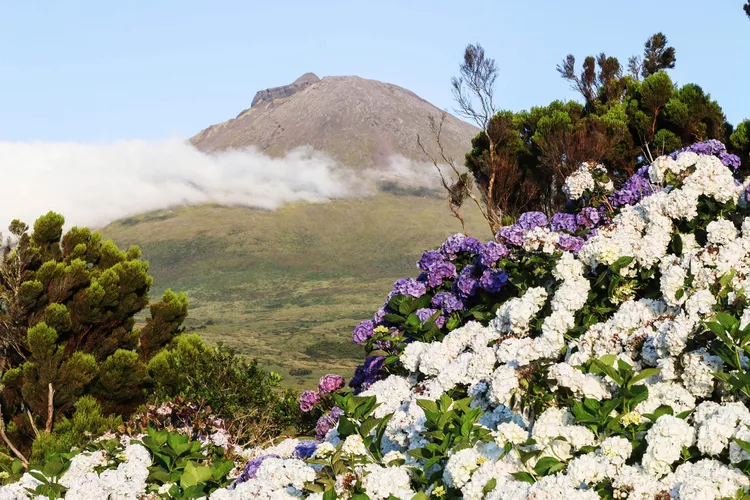
Chris/Travel+Leisure
The Azores are a hidden gem in the middle of the Atlantic Ocean that some call the “Hawaii of Europe.” The archipelago comprises nine lush volcanic islands, each offering a unique experience. Nature enthusiasts can enjoy São Miguel's picturesque lakes, waterfalls, and forests. Hiking trails lead to breathtaking viewpoints, such as the Sete Cidades crater, where visitors can marvel at the contrasting colors of the twin lakes. The local cuisine is also a highlight, with fresh seafood like rockfish and barracuda, São Jorge cheese, and sweet pastries like filhóses to tantalize the taste buds.
Reader Score: 90.92
- Bora-Bora, French Polynesia
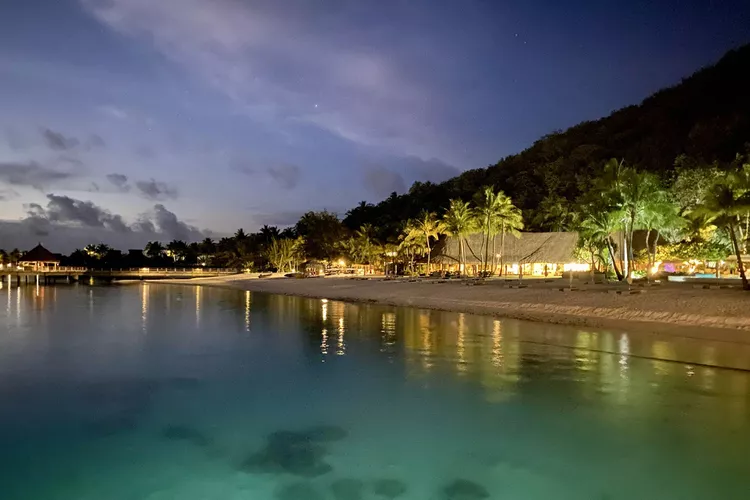
Ruxandra Arustei/Getty Images
Known as the "Pearl of the Pacific," Bora Bora is a dreamy destination with turquoise lagoons and iconic overwater bungalows. It comes as no surprise that the island's crystal-clear waters offer world-class snorkeling and diving experiences, but there’s a variety of other thrilling activities, like Jet Skiing, parasailing, and helicopter tours. Local guides can arrange workshops that teach visitors about Polynesian traditions, dance, and cuisine. A T+L reader called the island "otherworldly," while another said it's an "amazing location for anyone."
Reader Score: 90.80
- Rhodes and the Dodecanese, Greece
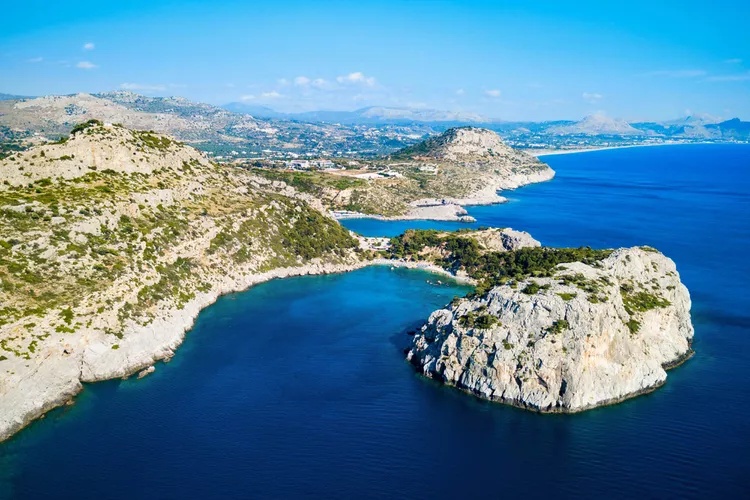
Getty Images
Rhodes, known as the "Island of the Knights," is steeped in history, with its medieval city, a UNESCO World Heritage Site, showcasing ancient ruins, fortified walls, and grandiose architecture. Beyond history, Rhodes offers stunning beaches, like those in Faliraki and Lindos. Travelers can also venture to the other Dodecanese islands, each with its own unique charm.
Reader Score: 90.67
- Mackinac Island, Michigan

Michael Siluk/UCG/Universal Images Group via Getty Images
Mackinac Island is unique in that cars and trucks are banned, so residents and visitors rely on horse-drawn carriages and bicycles for transportation. Its historic downtown has cozy cafes, quaint shops, and plenty of well-preserved Colonial, Georgian, and Greek Revival architecture. One T+L reader sums up the destination perfectly: “there’s no place like it.” (Mackinac is home to three of T+L readers' 10 favorite midwest resorts: Hotel Iroquois, Island House Hotel, and Grand Hotel.)
Reader Score: 90.67
- Galápagos Islands, Ecuador
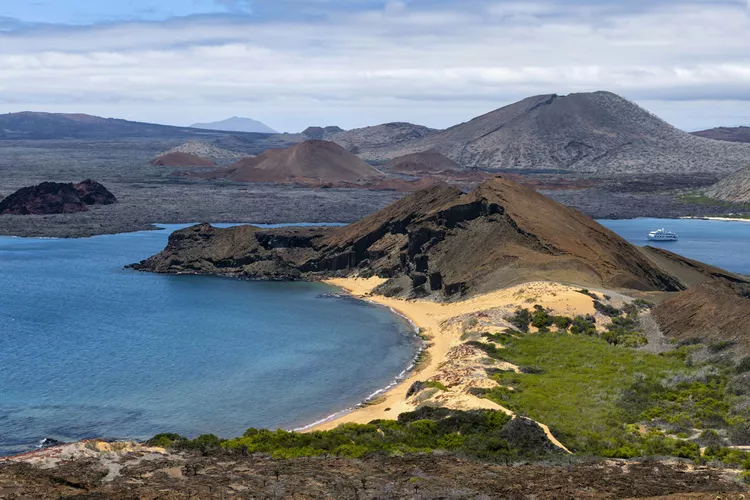
Getty Images
The Galápagos Islands, in the Pacific Ocean, are famed for their extraordinary biodiversity. Exploring the islands offers up-close encounters with remarkable creatures (think giant tortoises and blue-footed boobies) in their natural habitats. Visiting the Galápagos also gives travelers a chance to gain a deeper understanding of evolution and the fragility of ecosystems through educational programs and guided tours.
Reader Score. 90.60
- Hvar and the Dalmatian Islands, Croatia
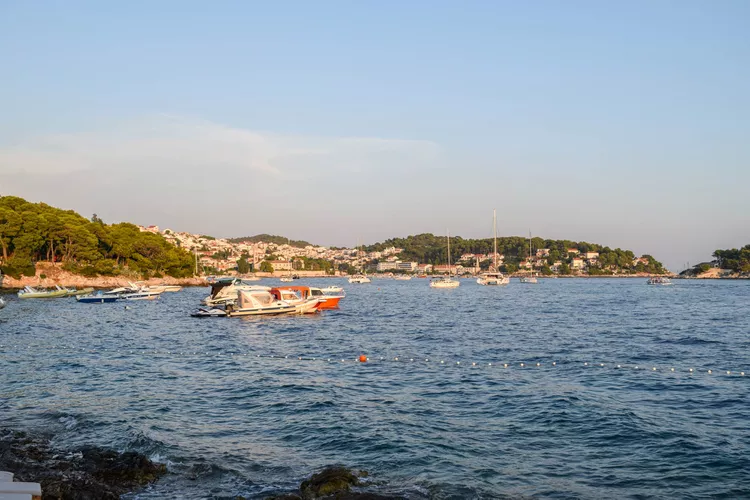
Lauren Breedlove/Travel+Leisure
Hvar and the Dalmatian Islands in Croatia offer travelers a unique Mediterranean experience. Hvar, known as the "Queen of the Dalmatian Islands," has lavender fields, vineyards, and magnificently clear waters. Visitors can explore the charming old town of Hvar, which has picturesque squares, historic buildings, and a medieval fortress offering panoramic views of the harbor and the Adriatic Sea. Hvar's vibrant nightlife scene is also a draw, with trendy beach clubs and bars energizing the evenings.
Reader Score: 90.20
- Sicily, Italy
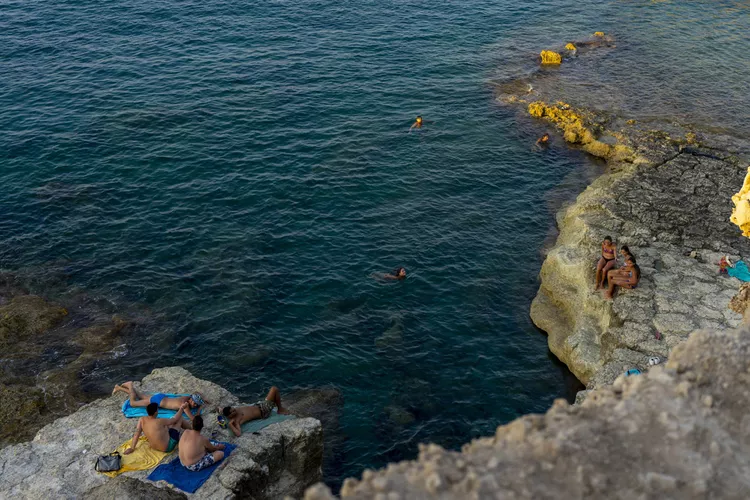
Laura La Monaca/Travel+Leisure
Steeped in history, culture, and natural beauty, Sicily is a must-visit destination. Not only is it home to rich historical sites (like the Greek Theatre of Syracuse, the Villa Romana del Casale, and the Valley of the Temples in Agrigento), but it also has stunning nature, between Mount Etna and the beaches overlooking the crystal-clear Mediterranean. The island’s culinary scene is equally exciting: visitors can sample delicious street food like panelle and crocchè, and indulge in local dishes like pasta alla Norma.
Reader Score: 90.13
- Anguilla
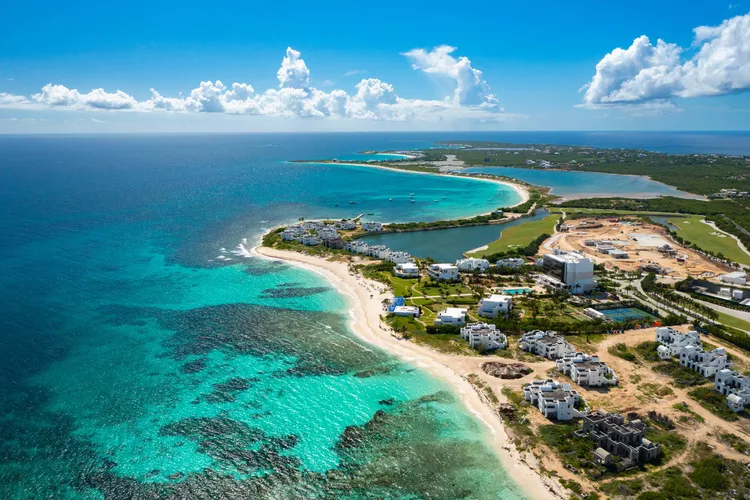
Getty Images
Anguilla, a British territory in the Caribbean, is a secluded getaway with 33 beaches. Four Seasons Resort and Residences Anguilla and Frangipani Beach Resort both ranked as two of the best resorts in the region. Hike to the top of Crocus Hill for views, go on a self-guided walking tour of the Anguilla Heritage Trail, and don’t forget to try a Johnny Cake — a staple in Anguilla's local cuisine.
Reader Score: 90.10
- Santorini, Greece
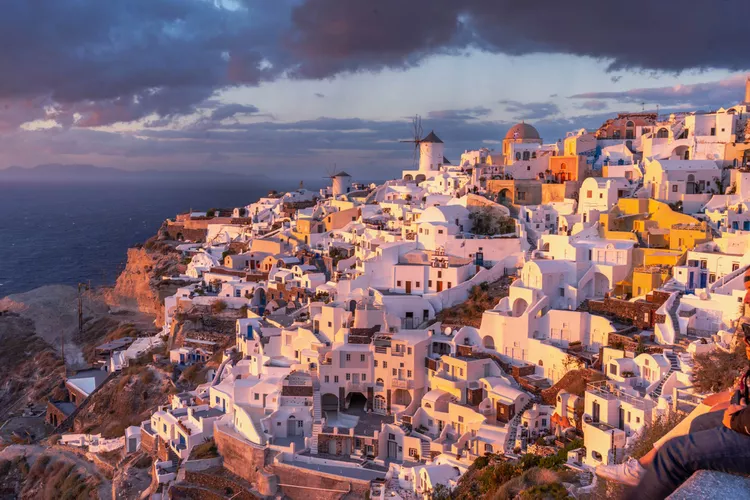
Adhithya Nataraj/500px/Getty Images
Often touted as one of the most romantic islands in the world, Santorini is known for its whitewashed buildings with blue domes. Overlooking the Aegean Sea, the volcanic island is home to several picturesque villages like Oia, Fira, and Imerovigli. One T+L reader raved that the island has “beautiful sunsets” and “wonderful views,” plus excellent food and friendly locals.
Reader Score: 89.51
Source : https://www.travelandleisure.com/best-islands-in-the-world-2023-7551678


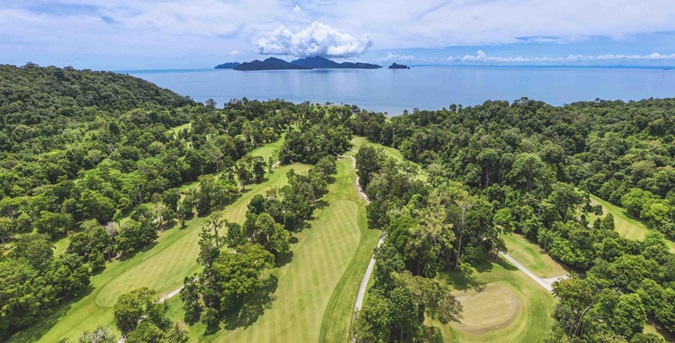
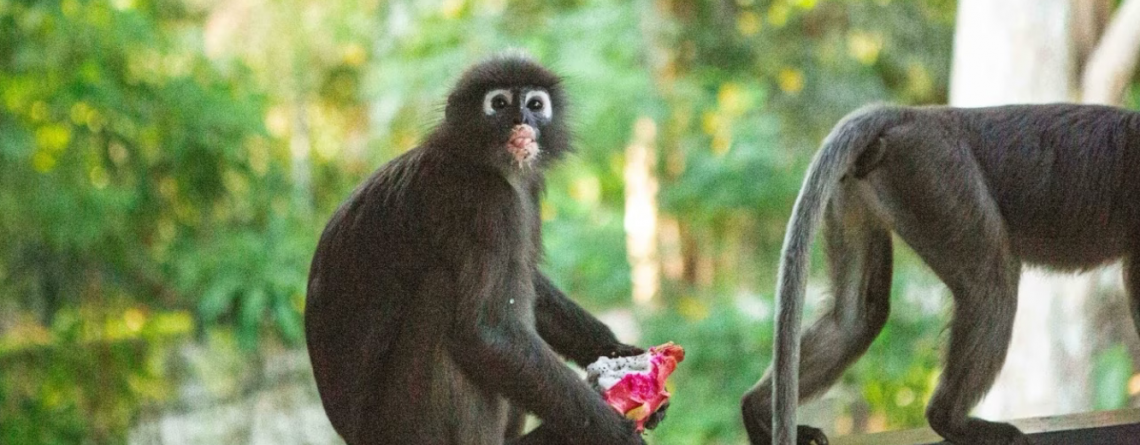





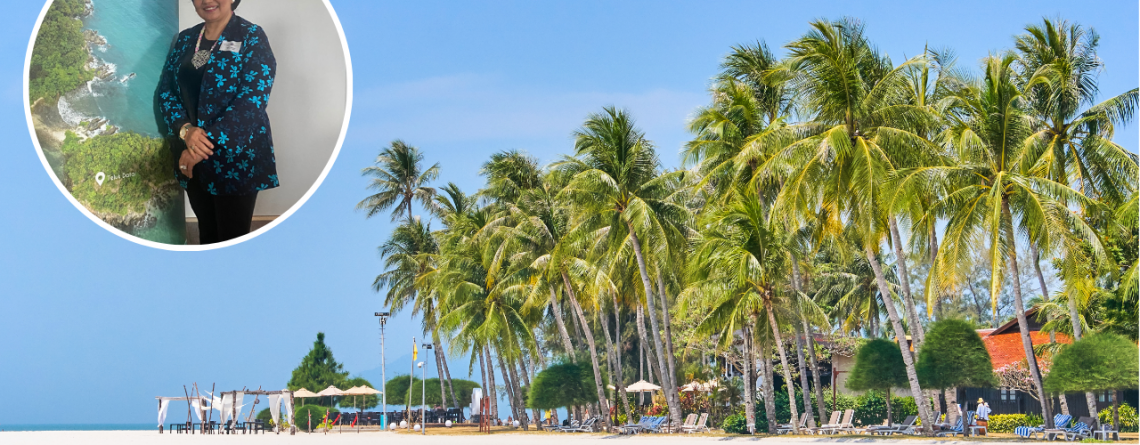
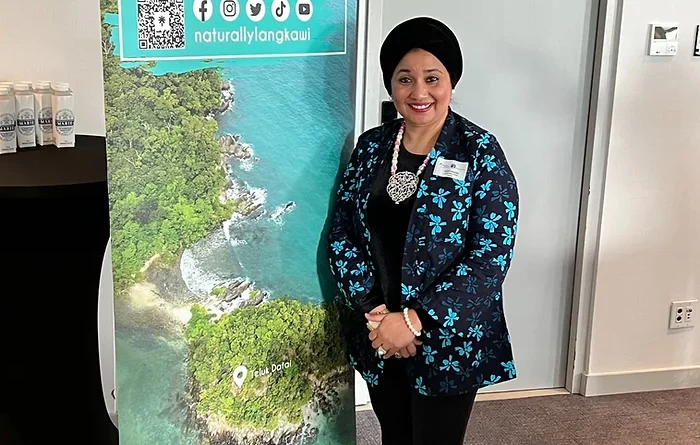

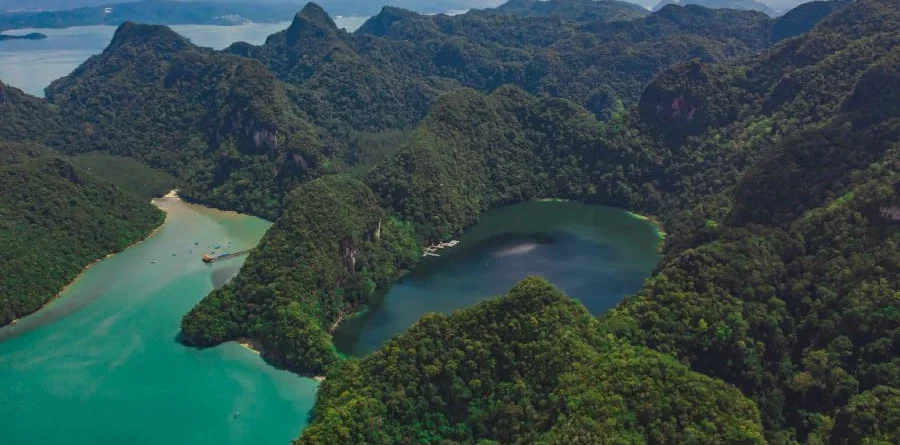
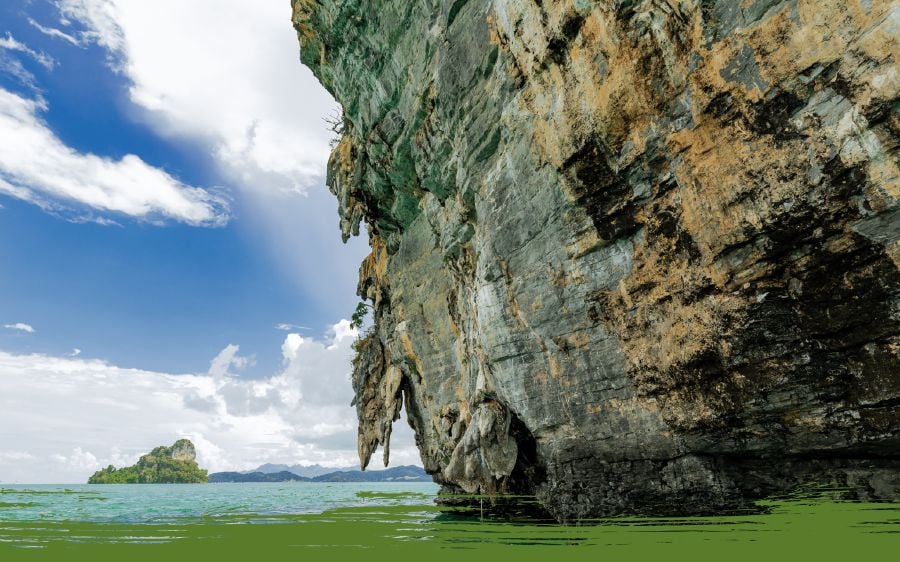 Langkawi's Global Geopark is distinguished by its 550-million-year-old geological history, encapsulated in dramatic rock formations, mystical caves, and lush rainforests. It comprises three distinct areas: Machinchang Cambrian Geoforest Park, known for its ancient rock formations; Kilim Karst Geoforest Park, famous for its mangrove forests and limestone complexes; and Dayang Bunting Marble Geoforest Park, with its captivating lake and marble hills.
Langkawi's Global Geopark is distinguished by its 550-million-year-old geological history, encapsulated in dramatic rock formations, mystical caves, and lush rainforests. It comprises three distinct areas: Machinchang Cambrian Geoforest Park, known for its ancient rock formations; Kilim Karst Geoforest Park, famous for its mangrove forests and limestone complexes; and Dayang Bunting Marble Geoforest Park, with its captivating lake and marble hills.
